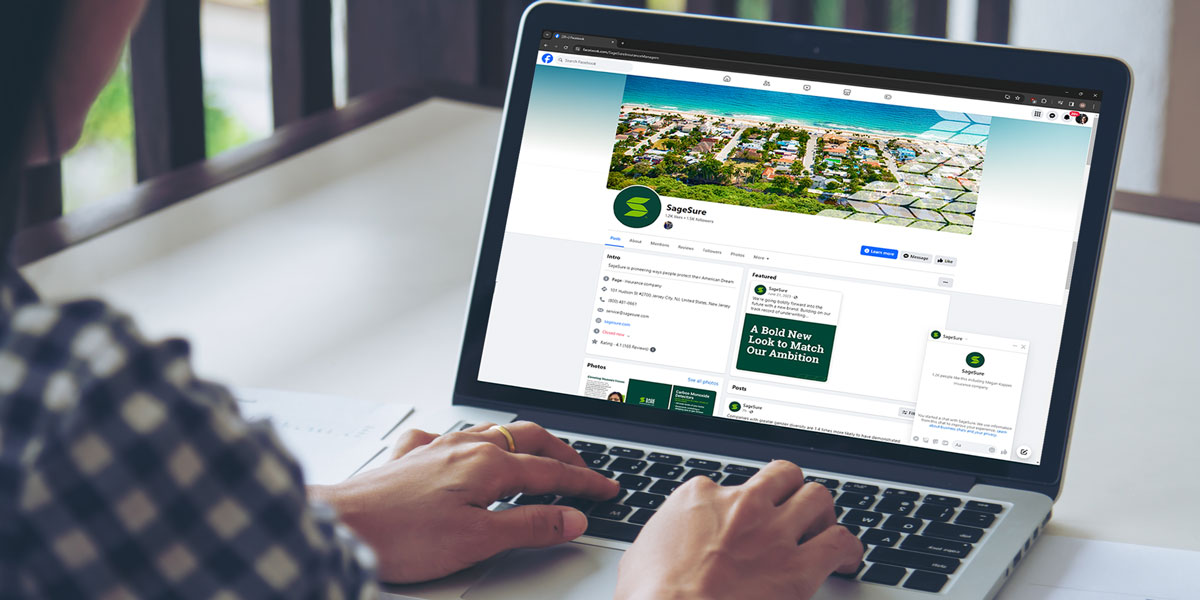
Prevent water damage to your home with smart devices
November 9, 2021 — Homeowner insights
Where we live in the world, it’s easy to take access to clean water for granted. You can turn on the faucet for a drink, to wash your hands or to take a refreshing shower. But 1 billion people lack access to water, and researchers estimate that two-thirds of the world’s population could face water shortages by 2025. 1
Water may be considered a renewable resource, but the data is clear: If we don’t take care of our water supply, our ecosystem could be in jeopardy. Doing your part to conserve water could be simpler than you think. Sure, you can take shorter showers, turn the water off while you brush your teeth and become more mindful of your usage — these are all good things to implement — but preventing water leaks before they happen can have an impact too. According to the United States Environmental Protection Agency (EPA), household leaks waste more than 1 trillion gallons of water annually nationwide.2
Water leaks are not only wasteful, they can damage your property. Every day, 14,000 homeowners deal with water leak emergencies.3 Your insurance will likely cover damage related to a water leak, so having your homeowners insurance in place with the proper protections is one safeguard to shield your home. Another way to avoid damage and resulting claims is to prevent the leaks before they happen.
Thanks to water loss mitigation technologies, detection can occur before problems start. In some cases, your homeowners insurance will provide a discount for utilizing approved mitigation mechanisms. Preventing damage before it happens not only has the potential to lower your premium, it can also give you peace of mind when you’re away from home and provide additional protection during catastrophes like hurricanes, tornados or earthquakes.
Water detection devices range from simple models you can install yourself to more advanced devices that require a plumber. With the added complexity come additional protections. Here’s a look at the types of devices available.
Leak detectors
A simple solution to heading off water damage is a leak detector. Leak detectors sense the presence of water. These small devices can be placed in areas of your home where you can anticipate a leak: under the kitchen sink, around the water heater or near your water main. When water contacts the sensor, a notification is sent and an alarm sounded, so you can act. For these devices to be effective, water must accumulate. They cannot detect leaks or continuously running water.
Water monitors
A step up in water detection devices are water monitors, like LeakBot. Connected to your water-main supply, these devices can detect potential leaks or water irregularities making them a better preventive solution than leak detectors that can only identify water after it has collected in your home. When water flow irregularity is detected, such as the continuous movement of a running toilet, a notification is sent to your smart devices so you can remedy the problem. In many instances, homeowners can install these devices themselves — a simple way to identify a problem before it wreaks havoc on your home.
Water shutoff valve
The ultimate device for water damage prevention, water shutoff valves are plumbed directly into your water-main line by a plumber. Not only do these devices detect and notify homeowners of leaks, but they can also turn the water off if a problem is discovered. They combine the water-flow sensing of a standard water monitor with a switch to turn the water off. These devices tend to cost a little bit more, but insurance companies will sometimes provide a discount to homeowners who have them installed, making it not only an easy financial choice, but also providing peace of mind knowing your home has an added layer of protection against water damage.
Know how to turn off your water at the main
Depending on which smart device you choose, you may still need to know how to quickly turn off your water. In the case of a broken or burst pipe, stopping the water is the primary way to prevent damage. The quickest way to do that is by turning off the water in your home. Knowing where your water-main shutoff is and ensuring it works properly can lessen damage once the unwanted water becomes apparent.
If your home has a basement or a crawlspace, the shutoff will likely be located on an interior wall near the front of the house where the water enters from the water meter. In homes built on a slab, the valve can often be found near the water heater or inside the garage. Sometimes, water shutoffs are located underground near the property line closest to the street. A meter key might be required to gain access, so it’s important to know where and how to find this before a plumbing emergency.
The unexpected can happen anytime. There’s no way to predict a leak before it starts, but with water detection devices and smart home tools, you can be alerted to a situation before you see the water pooling under your washing machine. If you’re considering installing a device, be sure to check with your homeowners insurance company to find out if they offer discounts, and if so, which types of devices qualify. Smart devices and insurance can work together to help you protect your home.
